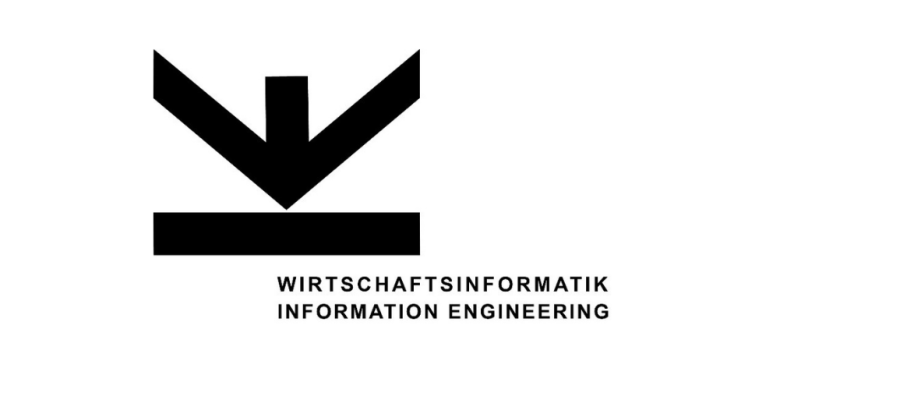Introduction
Predictive planning is the next step in corporate planning
It is a process that uses data, models and algorithms to predict future developments in companies with the help of analytics. The aim is to use data and analysis methods effectively in order to make forecasts for corporate planning.
This method is a further development of traditional planning methods and goes one step further by taking into account not only historical data, but also current and potential future developments.
According to a BARC study, a large proportion of companies are already using predictive planning and forecasting processes to make better, more precise and faster decisions.
The advantages of predictive planning are manifold:
It offers companies the opportunity to optimize their planning, deploy resources more effectively and ultimately make better business decisions. At the same time, it can help to overcome the challenges posed by digitalization and automation.
It is a decisive step on the way to a data-driven corporate culture.
However, the implementation of predictive planning requires certain prerequisites and steps.
In the following sections, we will take a closer look at these and provide tips on how companies can implement this process in five steps.
Data-driven decision making - book a free initial consultation
Step 1: Understanding the business logic
The implementation of predictive planning begins with a deep understanding of the business logic.
Companies need to analyze their business processes and delve deeper into the logic underlying these processes, for which a deep understanding of business logic is essential.
This step is crucial to identify the relevant data sources needed for the predictions and helps to make future forecasts more accurate. It is important to understand which factors influence the company and how these factors interact with each other.
The advantages of this approach are manifold:
Companies that take the time to understand their business logic are better able to make meaningful and useful predictions. You can use resources more efficiently and make better business decisions.
Step 2: Data collection and preparation
The next step in the implementation of predictive planning is data collection and processing.
In this step, companies collect the required data from the previously identified sources.
The data must then be processed and cleansed before it is incorporated into the analysis process. This can include solving data quality problems, consolidating data from different sources and transforming data into a suitable format for analysis.
Data preparation is a critical step in any data analysis project. Poor quality or uncleaned data can lead to inaccurate or misleading results.
It is therefore crucial that companies take this step carefully and thoroughly.
Step 3: The single point of truth
The third phase of the implementation of predictive planning deals with "platformization" and data integration, in which a "single point of truth"(SPOT) is created for all data.
The SPOT serves as a central data source in which all relevant information is collected, stored and processed. This helps to reduce inconsistencies and redundancies in the data.
The creation of a SPOT is a crucial step in the predictive planning process.
It not only helps to improve the accuracy of forecasts, but also to increase the efficiency of the entire planning process. Companies can react more quickly to changes and make better decisions because they have access to a single, reliable source of information.
The reduction of data redundancies has several advantages.
Firstly, it can help to improve the accuracy and credibility of forecasts and analyses.
Secondly, it can help to reduce operating and storage costs, as less storage space is required. It can also reduce the time needed to prepare data for analysis and forecasting.
However, implementing a SPOT is not a simple process. It requires careful planning and implementation, as well as the integration of various data sources.
Step 4: Integration into the planning
The fourth phase in the implementation of predictive planning focuses on the development of a consistent planning model and the linking of operational sub-plans with integrated financial planning.
A consistent planning model ensures that all parts of the organization plan on the basis of the same data and forecasts. This promotes consistency and accuracy of planning throughout the company and also helps to improve efficiency.
Linking operational sub-plans with integrated financial planning enables companies to take a more holistic approach to planning. Instead of creating individual sub-plans in isolation, all plans are created within a coherent, overarching framework. This gives the company the opportunity to recognize and understand the consequences of decisions in all areas of the organization.
The integration of predictive planning into the overall planning process offers many advantages.
Companies can make better business decisions because they work on the basis of more complete and accurate information. They improve their planning efficiency and can react more quickly to changes.
Step 5: Application in planning
The fifth and final step in the implementation of predictive planning is its application in planning.
This is about making planning more flexible and increasing efficiency through top-down orientation and stochastic processes.
Making planning more flexible enables companies to react more quickly to changes in the business environment. They can adapt and refine their planning processes to make better business decisions. Flexibility in planning is particularly important in fast-moving and dynamic industries where changes occur frequently and unexpectedly.
The top-down orientation enables management to define the strategic goals and direction of the company and then break these down to the operational levels. This ensures that all levels of the organization are working towards the same goals and that planning is in line with the company's overarching objectives.
Stochastic methods are statistical methods that use chance and probability to make predictions. They can help to improve the accuracy of predictions and take uncertainties into account. This is particularly important in planning, where many factors are uncertain and can change constantly.
In summary, the use of predictive planning offers companies numerous advantages
By implementing predictive planning, companies can modernize and optimize their planning and gain a competitive advantage in today's data-driven business world.
Use data to your advantage!
Secure your free initial consultation now.
Conclusion and outlook
Predictive planning is more than just a method - it is the next level, the future direction of business planning . It offers companies profound benefits, including improved forecasting accuracy, greater planning efficiency, better business decisions and a stronger focus on the company's strategic goals.
Implementing predictive planning is a process that consists of several steps, including understanding the business logic, data collection and preparation, creation of a single point of truth, integration into planning and finally application in planning.
Each of these steps plays an important role in exploiting the full potential of predictive planning and helps to improve the quality, speed and effectiveness of planning.
The future development of predictive planning looks promising.
As algorithms and models continue to improve and data becomes more available, we can expect predictive planning to become even more accurate and useful.
Looking to the future, it is important that companies not only recognize the benefits of predictive planning, but also the challenges and requirements associated with its implementation. This is the only way they can exploit the full potential of predictive planning and secure a competitive advantage in today's data-driven business world.
In summary, predictive planning is a powerful method that helps companies prepare for the future and make better business decisions. Companies that implement predictive planning today are better positioned to master the challenges of tomorrow.




































